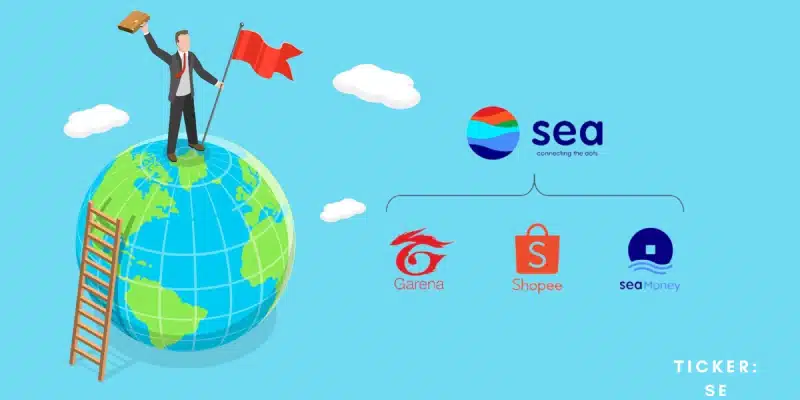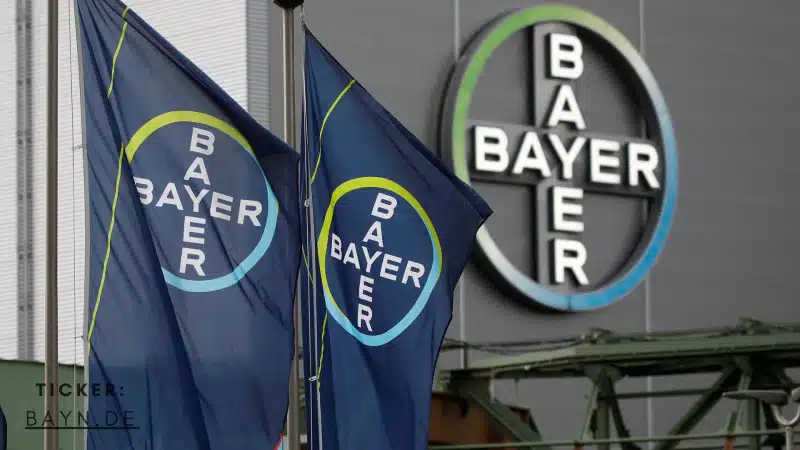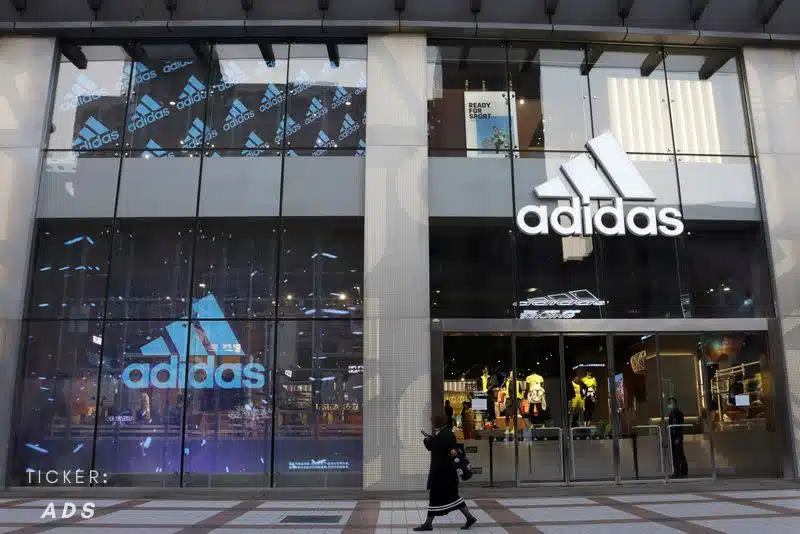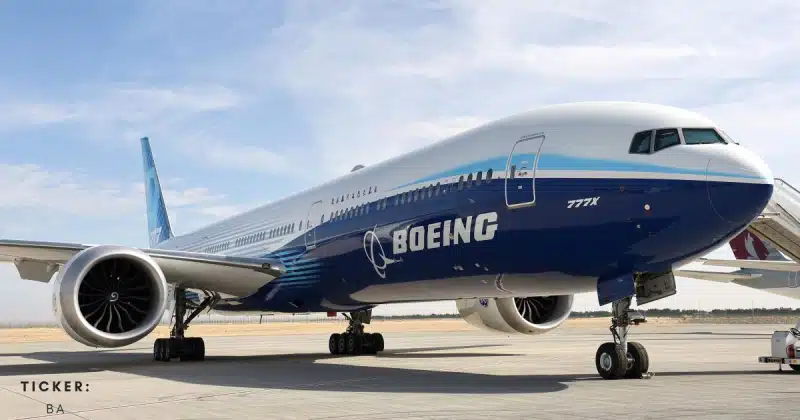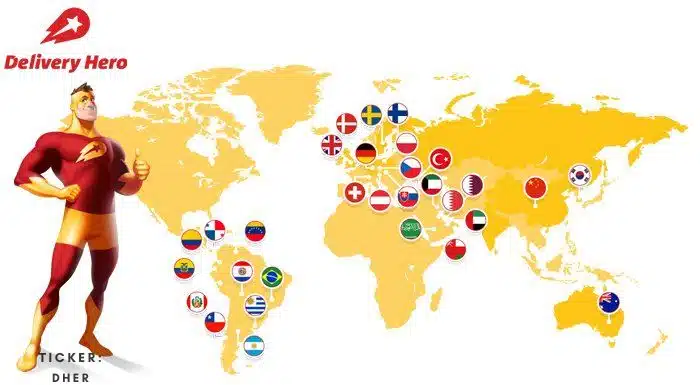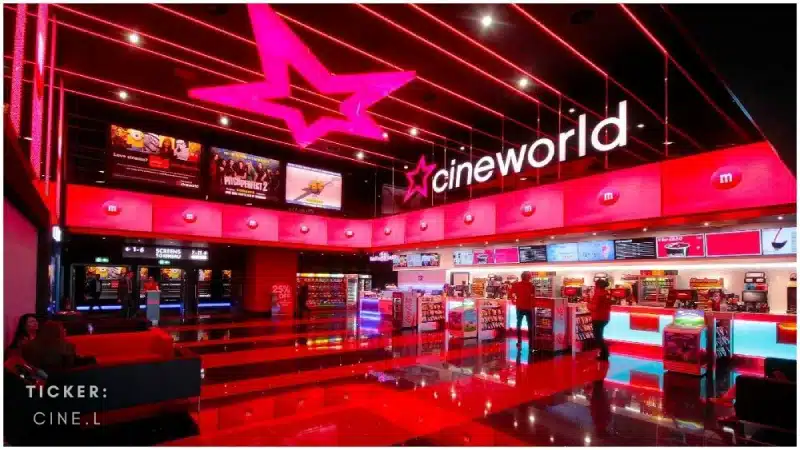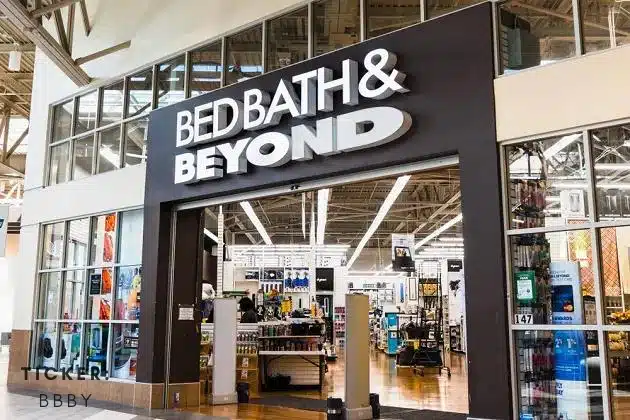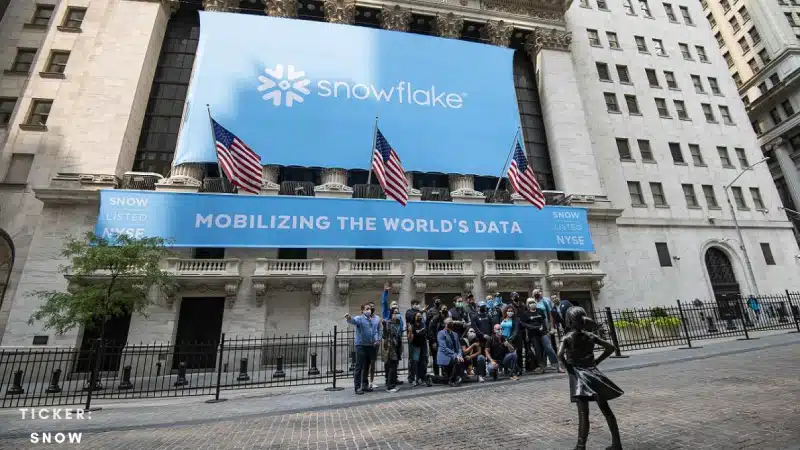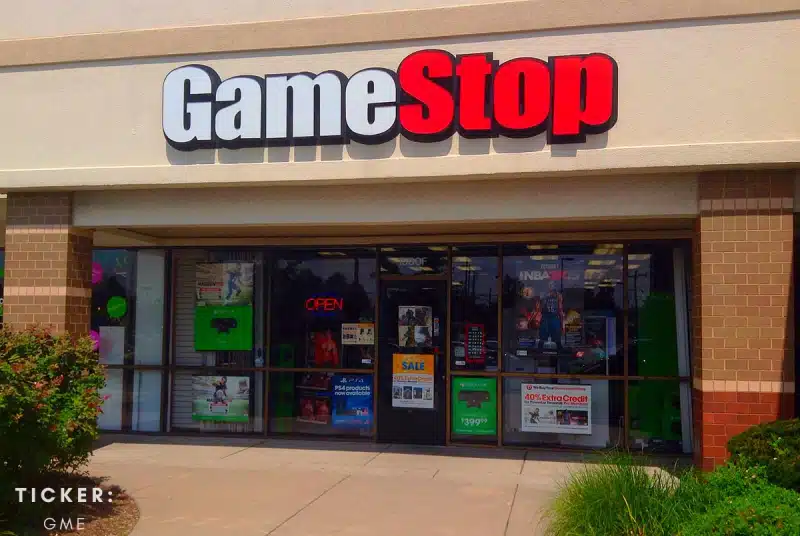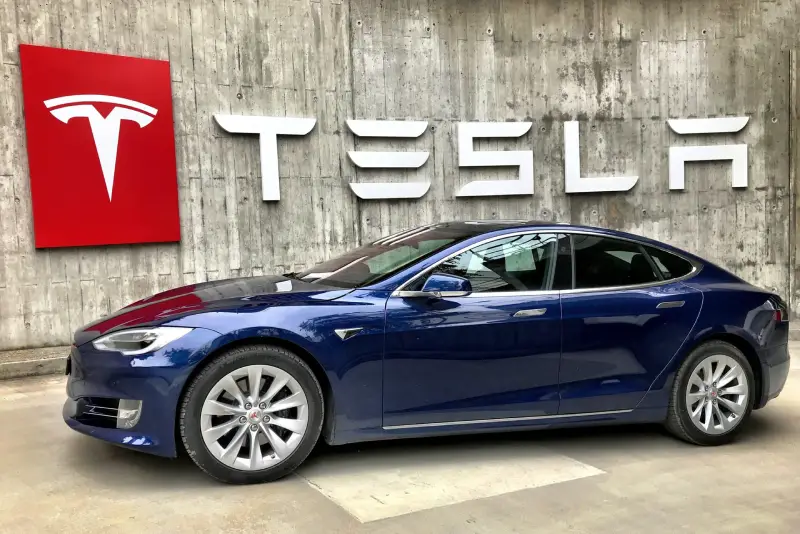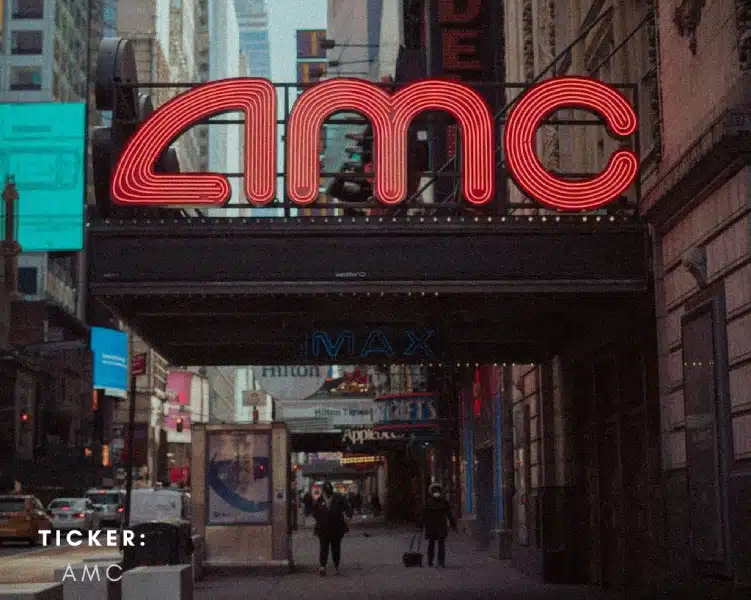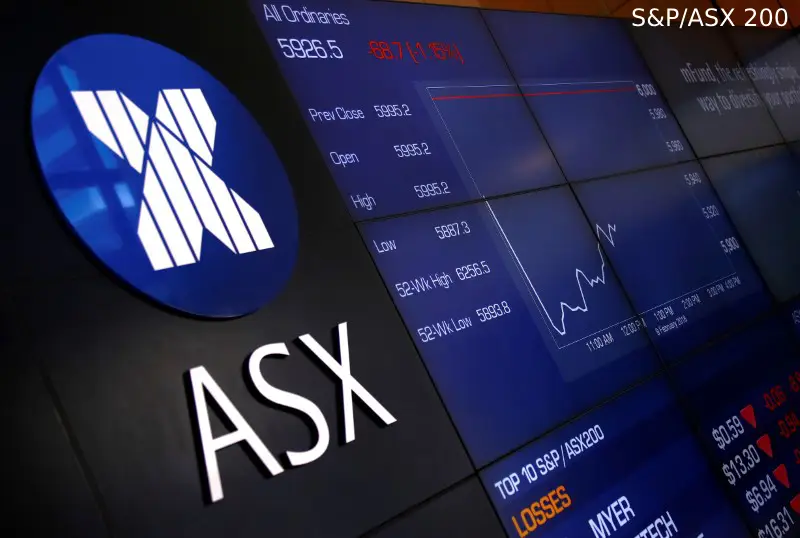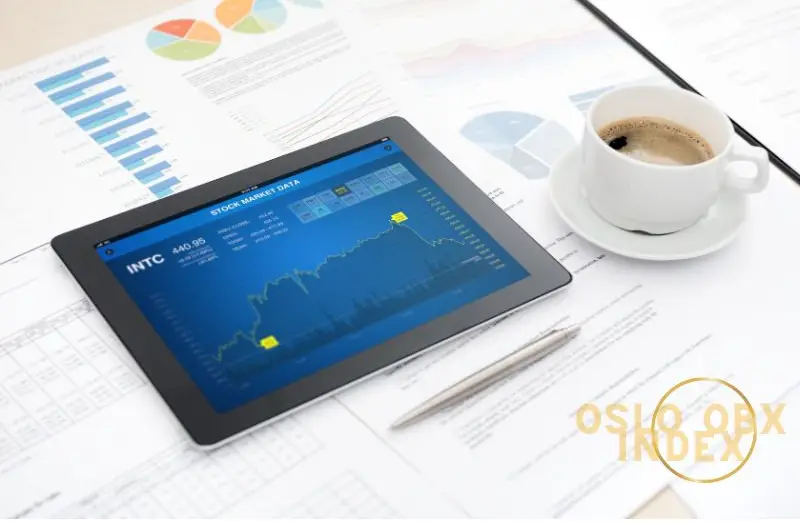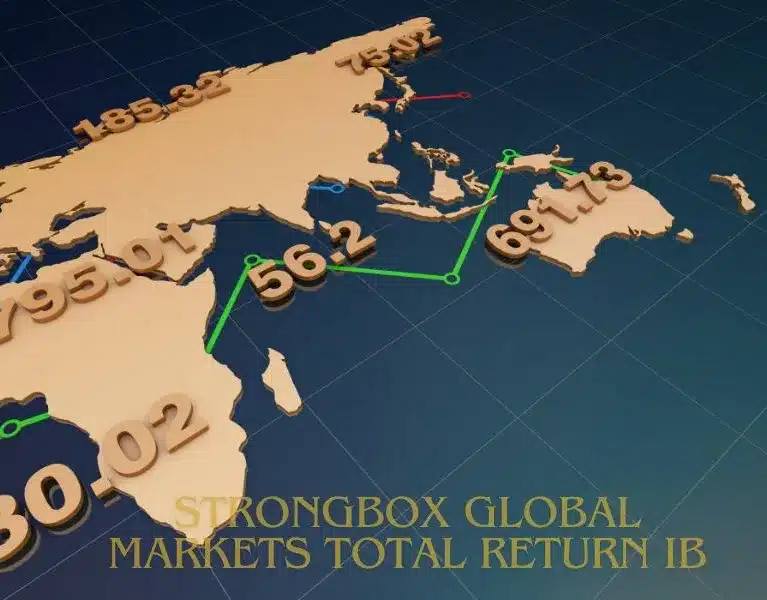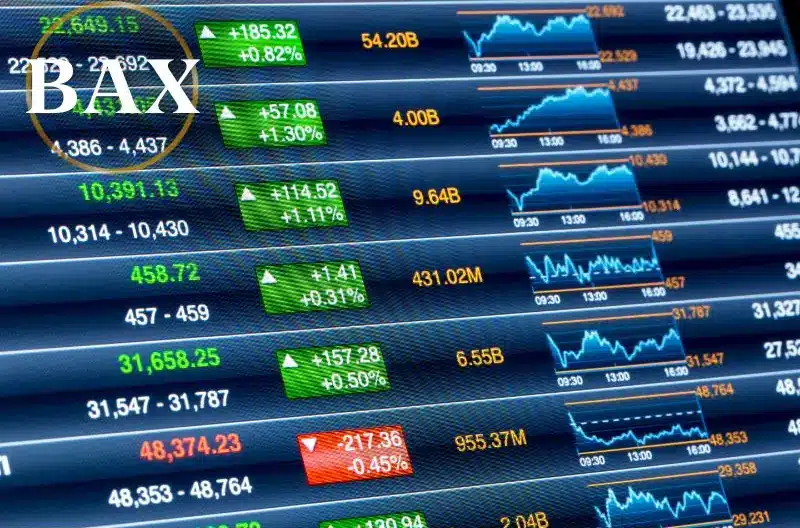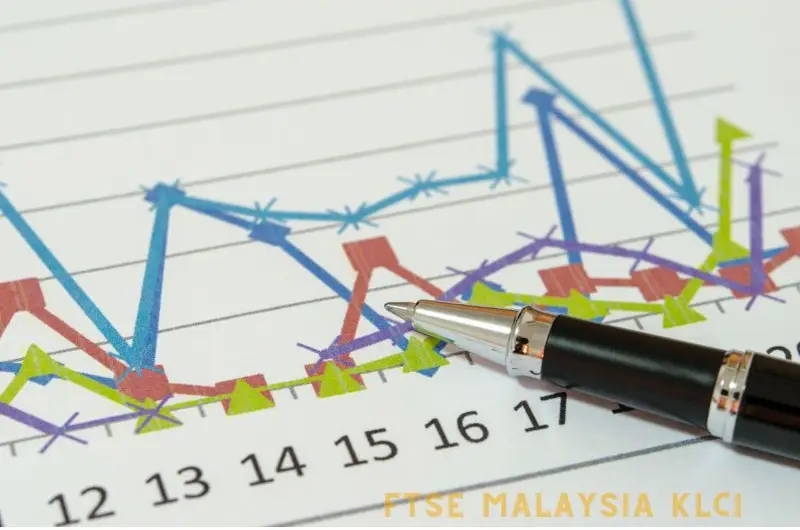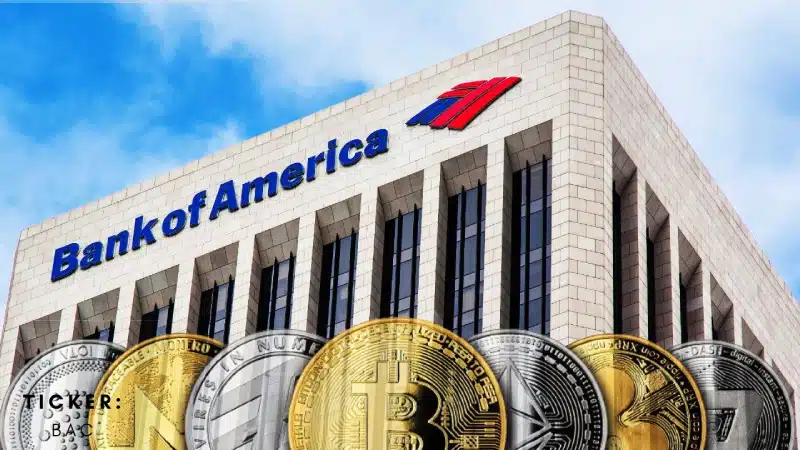Next Share Price Forecast
If you’re looking for the next big opportunity in the stock market, keep an eye on Next. With a strong track record of growth and innovation, this company is poised for success in the coming months.
Analysts predict that Next’s share price will continue to rise as they expand into new markets and solidify their position in existing ones. Investors who get in early could see significant returns on their investment.
Don’t miss out on this exciting opportunity to capitalize on Next’s potential. Stay informed and make strategic decisions to maximize your profits in the ever-changing stock market landscape.
Benefits of investing in Next Share Price
Investing in Next Share Price can provide investors with several benefits, including:
- Potential for capital appreciation: Next is a well-known and established retail company with a strong track record of growth. Investing in its share price could lead to potential gains as the company continues to expand and increase its market share.
- Dividend income: Next has a history of paying out dividends to its shareholders, providing investors with a source of passive income.
- Diversification: Adding Next shares to a diversified investment portfolio can help spread risk and potentially enhance returns.
- Liquidity: Next shares are traded on major stock exchanges, providing investors with the ability to easily buy and sell their holdings.
Risks of investing in Next Share Price
While there are benefits to investing in Next Share Price, there are also risks that investors should be aware of:
- Market volatility: The stock market can be unpredictable, and Next’s share price may fluctuate due to various factors such as economic conditions, competition, or changes in consumer preferences.
- Company-specific risks: Next faces risks specific to its industry, such as changing fashion trends, supply chain disruptions, or regulatory challenges that could impact its financial performance.
- Liquidity risk: In times of market stress, it may be difficult to sell Next shares at the desired price due to lower trading volumes or wider bid-ask spreads.
Why invest in Next Share Price?
Investing in Next Share Price can be attractive for investors looking for exposure to the retail sector and seeking potential long-term growth opportunities. With a solid track record of performance and a focus on innovation and customer experience, Next may continue to deliver value to shareholders over time. Additionally, diversifying an investment portfolio with exposure to different sectors like retail can help mitigate risk and enhance overall returns for investors.
Next Share Price
The current share price of Next is $100. As a stock trader, it is important to closely monitor the fluctuations in the share price of Next to make informed decisions about buying or selling shares.
Competitors of Next
- ASOS: ASOS is a major competitor of Next in the retail industry, known for its online fashion and beauty store.
- Zara: Zara is a popular global fashion retailer that competes with Next in offering trendy clothing and accessories.
- H&M: H&M is another significant competitor of Next, providing affordable and fashionable clothing for consumers worldwide.
- Forever 21: Forever 21 is a fast fashion retailer that competes with Next by offering trendy clothing at competitive prices.
- Mango: Mango is a Spanish clothing brand that rivals Next in the fashion retail market, known for its stylish designs and quality products.
Next Share Price Analysis
Next is a UK-based retail company that has shown resilience in the face of economic challenges. As of the latest data, Next share price has been steadily increasing, making it an attractive option for investors looking to buy stocks (aktien kaufen). With its strong financial performance and strategic positioning in the retail market, Next is considered a good investment choice by many analysts.
Which Stocks to Buy Now?
For those wondering which stocks to buy now (welche aktien jetzt kaufen), Next could be a promising option. Its consistent growth and stability make it an appealing choice for investors seeking long-term returns. Additionally, with the current economic uncertainty, investing in a reputable company like Next can provide some level of security for your portfolio.
Stock Recommendation: Next
If you are looking for stock recommendations (aktien empfehlung), consider adding Next to your portfolio. With its strong brand presence, solid financials, and growth potential, Next is often recommended by analysts as a reliable investment choice. Keep an eye on market trends and company updates to make informed decisions about your investment strategy.
Best Dividend Stocks: Consider Next
When it comes to best dividend stocks (beste dividenden aktien), Next is worth considering for its track record of paying dividends to shareholders. By investing in Next shares, you can potentially earn regular income through dividend payments while also benefiting from potential capital appreciation over time. Conduct thorough research and consult with financial advisors before making any investment decisions.
Summary of Next Share Price
Next is a well-known retail company with a strong presence in the UK market. The company’s share price has experienced fluctuations in recent months due to various factors such as economic conditions, consumer sentiment, and industry competition.
- Current Share Price: The current share price of Next is £80.00.
- Recent Performance: Next’s share price has shown resilience despite challenges in the retail sector.
- Analyst Recommendations: Analysts have mixed opinions on Next’s stock, with some recommending to buy, hold, or sell.
- Future Outlook: The future outlook for Next’s share price will depend on various factors including its financial performance, market conditions, and strategic initiatives.
In conclusion, investors interested in Next should conduct thorough research and consider their risk tolerance before making any investment decisions. It is important to stay informed about the latest developments in the company and industry to make informed choices about buying or selling Next shares.
